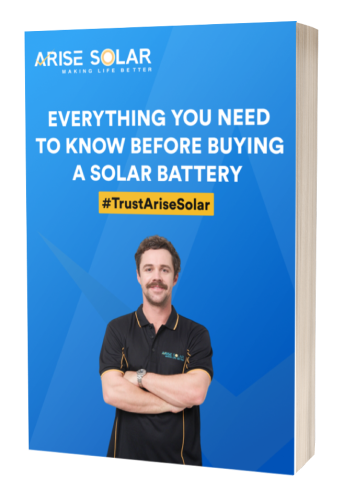More than 2.5 million Australian homes are fitted with PV solar generators — that works out to about 20 per cent of the country’s households. Interestingly, nearly all residential solar panels are mounted horizontally on rooftops. The obvious alternative is ground-mounted arrays, but those require large clear spaces that aren’t always available. However, there is a third way to mount solar panels — vertically on walls or sharply pitched roofs.
Although rare, vertically mounted solar panels can still generate electricity and perform just as well as their horizontal counterparts if installed correctly. So, when should you prefer vertical to flat installations, and what are the downsides?
When a rooftop installation is not feasible
For horizontal roof-mounts, the panels are held in place on rails anchored to either the roof’s rafters or surface. If the roof is damaged or too weak to support the installation and periodic maintenance, vertical mounts may be the only option. The roof may also be designed in such a way that it’s unsuitable for solar installation. In some cases, existing roof fittings such as antennas, chimneys, HVAC systems, and vents could discourage rooftop solar panels.
To maximise sunlight exposure
The best solar panels require at least four hours of direct sunlight every day to operate at optimum efficiency. In some regions, the sun does not shine directly overhead throughout the year. For instance, the sun only gets as far south as 23.5 degrees latitude during the summer solstice, meaning that sunlight comes in at a slight angle across most of Australia and especially the southern territories. In some extreme cases, particularly in the far north or south, it might be more advantageous to position solar panels vertically.
Besides geographical factors, if a permanent shadow partially or fully covers a building’s roof, the installer might recommend vertically mounted panels to harvest more sunlight.
For aesthetics
Sleek, wall-mounted solar arrays have a unique aesthetic appeal. They are sometimes used not only to generate electricity but as exterior décor, particularly on modern commercial buildings. These are often meant to make a statement or advertise solar power. In some way, vertically mounted solar panels can also complete the look of a residential building fitted with conventional rooftop arrays.
Conclusion
Yes, it’s possible to mount solar panels vertically, and some do it for various reasons. However, vertical mounts usually cost more than horizontal ones because the installer may have to use specialised rails and anchors to provide extra support. Also, there is some significant power trade-off when mounting solar panels vertically.
Arise Solar is a trusted professional installer of quality residential and commercial solar panels in Gold Coast, Queensland, New South Wales, and South Australia. Get in touch with our experts or call us on 1300 274 737 to get a free quote or learn more about solar systems installation.
References:
Reference 1
Reference 2





